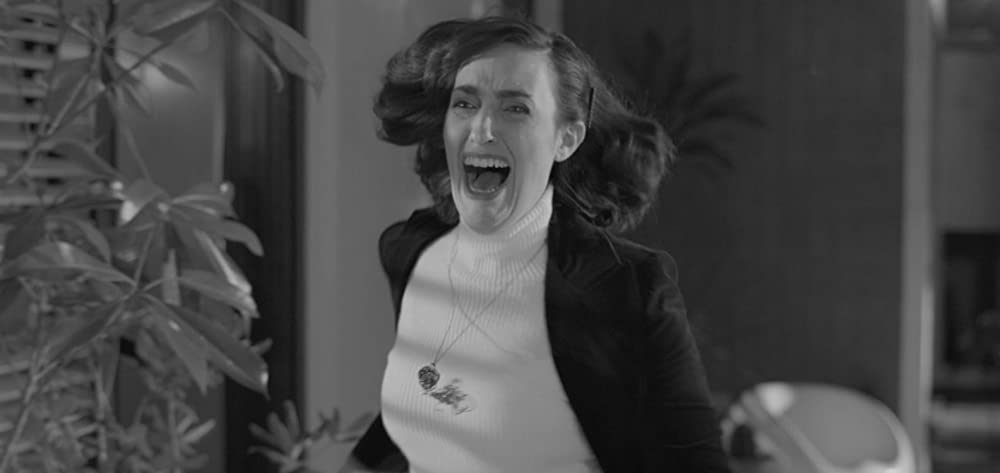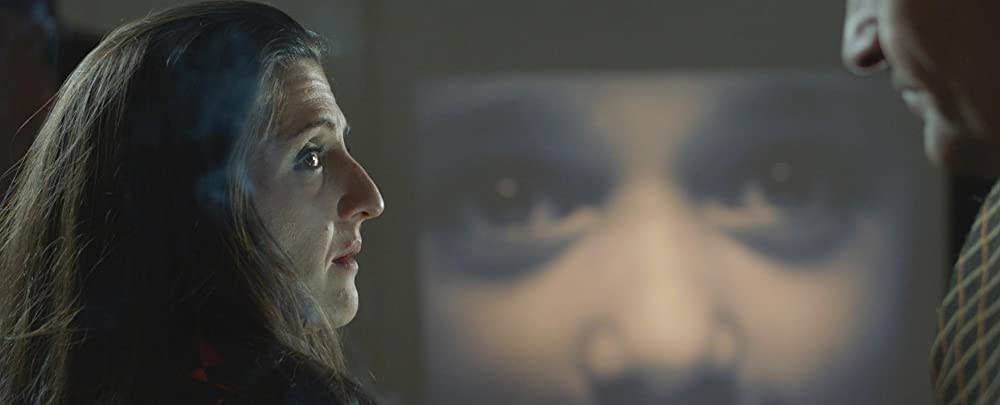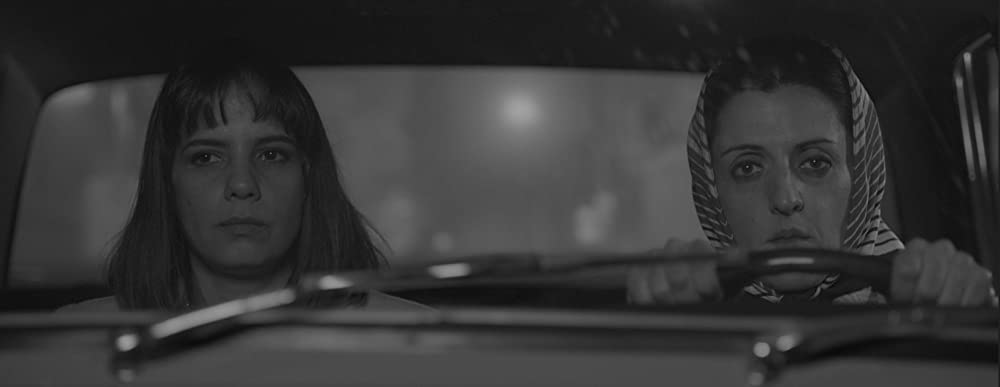|
Originally published on Elements of Madness. Content/trigger warning: The Attachment Diaries deals with sexual assault, self-harm, mental illness, and abortion. These subjects are also briefly discussed in the review below. The Attachment Diaries is a difficult movie for two reasons. First, it focuses on a handful of difficult topics (including abortion, which has just become more relevant than ever in the United States), and it presents those topics in a blunt and, at times, irreverent way. Second, it’s difficult because it asks us to think about imperfect people in imperfect situations. The film appeals to very raw and carnal emotions, asking viewers to indulge in the thoughts and feelings that we aren’t supposed to think and feel. It’s a good thing that The Attachment Diaries is so masterfully shot, because it may take several viewings to make sense of it. Written and directed by Valentín Javier Diment, The Attachment Diaries tells an intense story about two women in 1970s Argentina. There’s Carla (Jimena Anganuzzi), a frightened and lonely woman who has suffered from abuse in many forms, and Irina (Lola Berthet), a strict but compassionate doctor who runs a secret abortion clinic in her home. One rainy night, Carla visits the clinic to terminate a pregnancy that resulted from sexual assault. She finds out, however, that she’s too far along in the pregnancy for an abortion. Irina agrees to let Carla stay with her and help her find a couple that can adopt the baby. But things don’t go quite as planned. Carla and Irina are a very unlikely pair, and neither one makes for the world’s best roommate. Both women are passionate and emotionally volatile, and both have their secrets. Their passions eventually collide in a series of explosive and unhinged events. Anganuzzi and Berthet are both strong performers who fit their roles well. Anganuzzi carries the weight of abuse and trauma in her face and posture, creating a character who has believably and understandably lost all hope. Anganuzzi’s performance remains steady as more information about Carla’s past is revealed, and she successfully demonstrates the emotional depth needed to portray a character who has been through horrific circumstances. Even during Carla’s not-so-sympathetic moments, you can see the wheels turning in her head as she desperately figures out her next move. But while Anganuzzi can handle Carla’s emotional complexities in a nuanced way, the script can’t. Diment carelessly throws in information about Carla’s past for dramatic effect, making Carla look like the stereotypical “mad woman.” It’s up to the audience to decide if and how to judge her. The script allows Irina to develop more gradually, exploring her troubled past in a nuanced way. Berthet has a striking, dynamic, and layered screen presence that sets the tone for the entire movie. She successfully portrays a tough woman who can handle a draining and secretive line of work, and she becomes more vulnerable as the story unfolds. There are a few cinematographic hiccups that undermine Berthet’s performance, including two or three painfully corny slow-motion sequences that cheapen Irina’s emotional reactions. But compared to Carla’s trajectory, Irina’s is much less problematic. Aside from those slow-motion sequences, the cinematography in The Attachment Diaries is striking and memorable. Valentín Javier Diment and cinematographer Claudio Beiza know just how to build suspense with the camera, and they do so right from the start. In the opening credits, we see Carla’s feet as she walks through the rain at night, accompanied by a playfully mysterious score. It’s the kind of opening sequence that makes you start asking questions immediately: Who is this woman? Where is she going? Why doesn’t she take a car or bus? What does the rest of her body look like? The exceptional cinematography continues with chilling shots from odd angles and a few foreboding tracking shots which create the feeling of a menacing presence that’s following Irina and Carla around. There are also several shots that feature mirrors, which distort the women’s reflections and give us a glimpse of the pain and secrets bubbling beneath the surface. Diment also sets the tone for the story by shooting the first half of The Attachment Diaries in black and white. With lots of sharp angles in the set design and heavy makeup on all the female characters, there’s something very gothic and vampiric about the first half of the movie. Irina’s “lab” in particular recalls German expressionist cinema and the chilling production design of Universal’s monster movies. Then, in a moment that’s climactic for both the narrative and for Irina, there’s a dramatic shift in visual style. As a curtain is drawn back and daylight floods Irina’s post-orgasmic face, The Attachment Diaries is suddenly flooded with color. The black and white expressionist visual style is replaced by a sickening 1970s-style color palette made up of eerie greens, reds, and oranges. The visual shift changes the tone of the movie from melodramatic to campy, and suddenly, the simplistic treatment of mental health issues makes a lot more sense. In more ways than one, the color shift casts a whole new light on Carla and Irina’s story. The main issue with The Attachment Diaries is the way that it handles difficult subjects. It’s easy to argue that the movie perpetuates stereotypes and glosses over the realities of abuse and mental illness, but when taken as a campy flick made for a very specific audience, the film actually has a lot of important things to say. So, proceed with caution when watching this film, and keep in mind that much of it is open to interpretation.
0 Comments
Leave a Reply. |
"Our embodied spectator, possibly perverse in her fantasies and diverse in her experience, possesses agency...finally, she must now be held accountable for it." Categories
All
|







